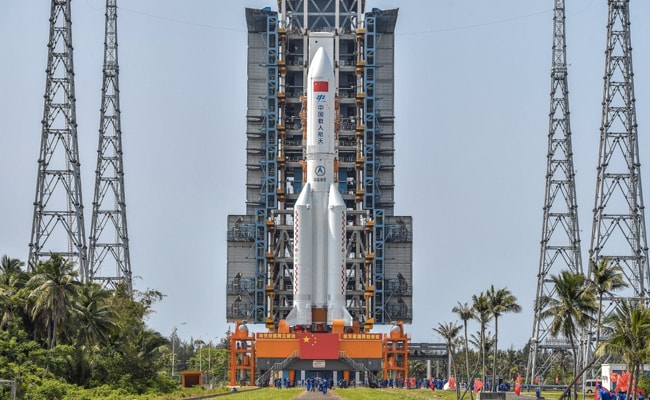On Thursday, China launched the first module of its space station, a milestone in Beijing’s ambitious plan to establish a permanent human presence in space.
Billions of dollars have been poured into space exploration as China seeks to reflect its rising global stature and growing technological might, following in the footsteps of the United States, Russia, and Europe.
The Tianhe core module, which houses life support equipment and living space for astronauts, was launched from Wenchang in China’s tropical Hainan province on a Long-March 5B rocket on Thursday, state television showed.
The Tiangong space station, whose name means “Heavenly Palace”, is expected to be operational in 2022 after around 11 missions to deliver more modules and assemble them in orbit.
Live footage from state broadcaster CCTV showed space programme employees cheering as the rocket-powered its way through the atmosphere billowing flames from the launch site.
“A palace in the sky will no longer be just a romantic fantasy of the ancients,” the TV anchor said.
The completed station will be similar to the Soviet “Mir” station that orbited Earth from the 1980s until 2001.
The Chinese space station is expected to remain in low orbit at between 400 and 450 kilometres above Earth for a lifespan of around 15 years.






